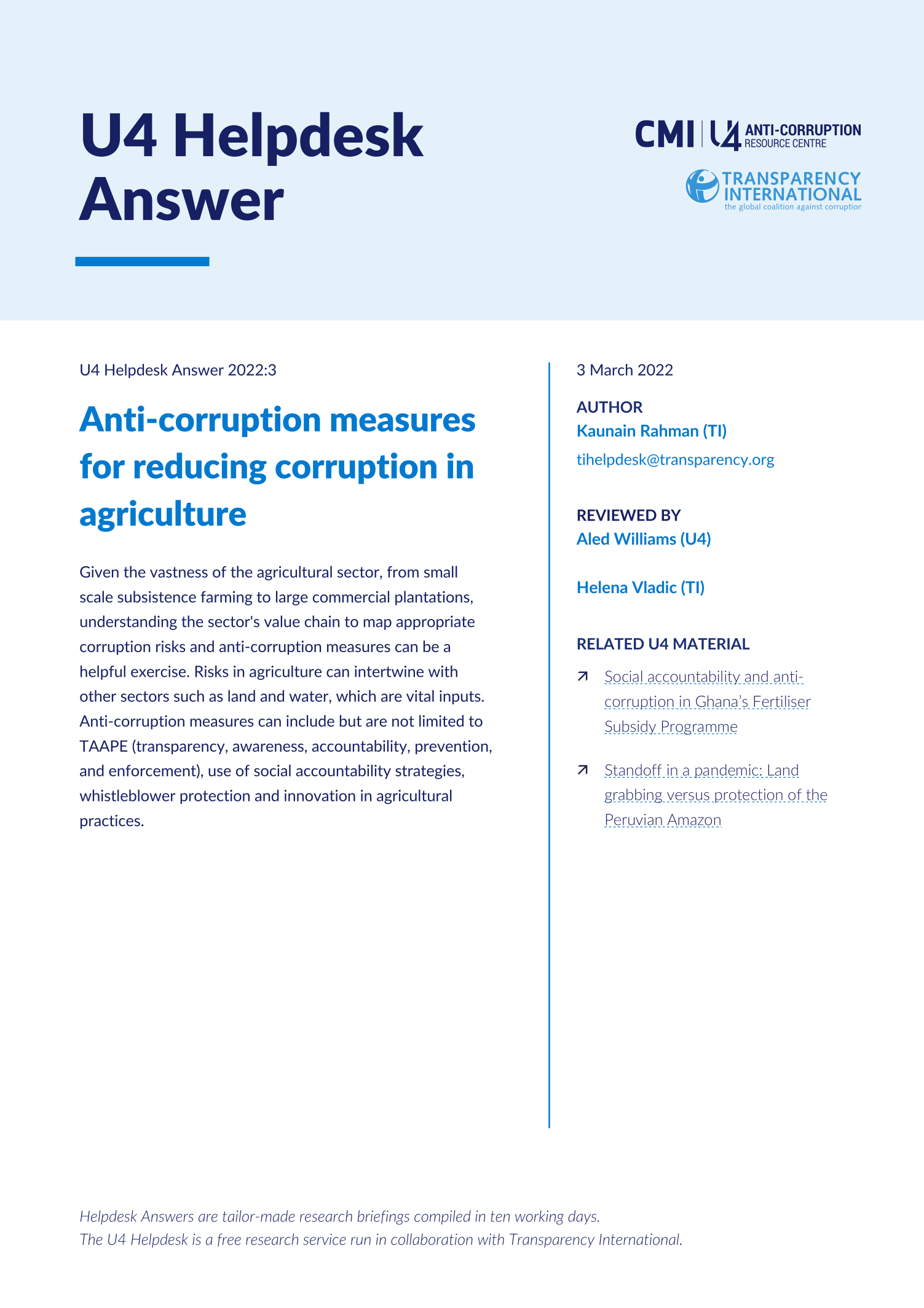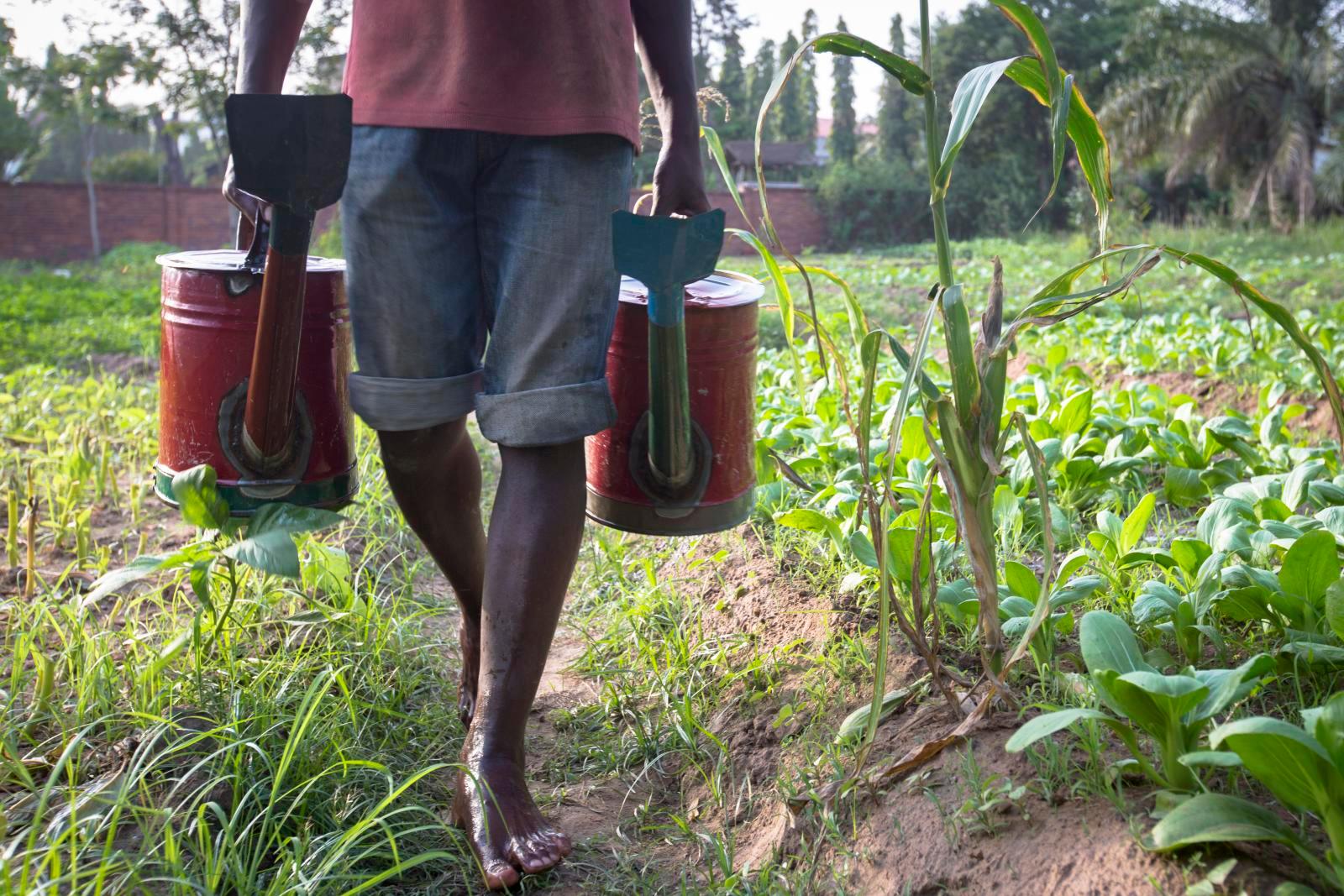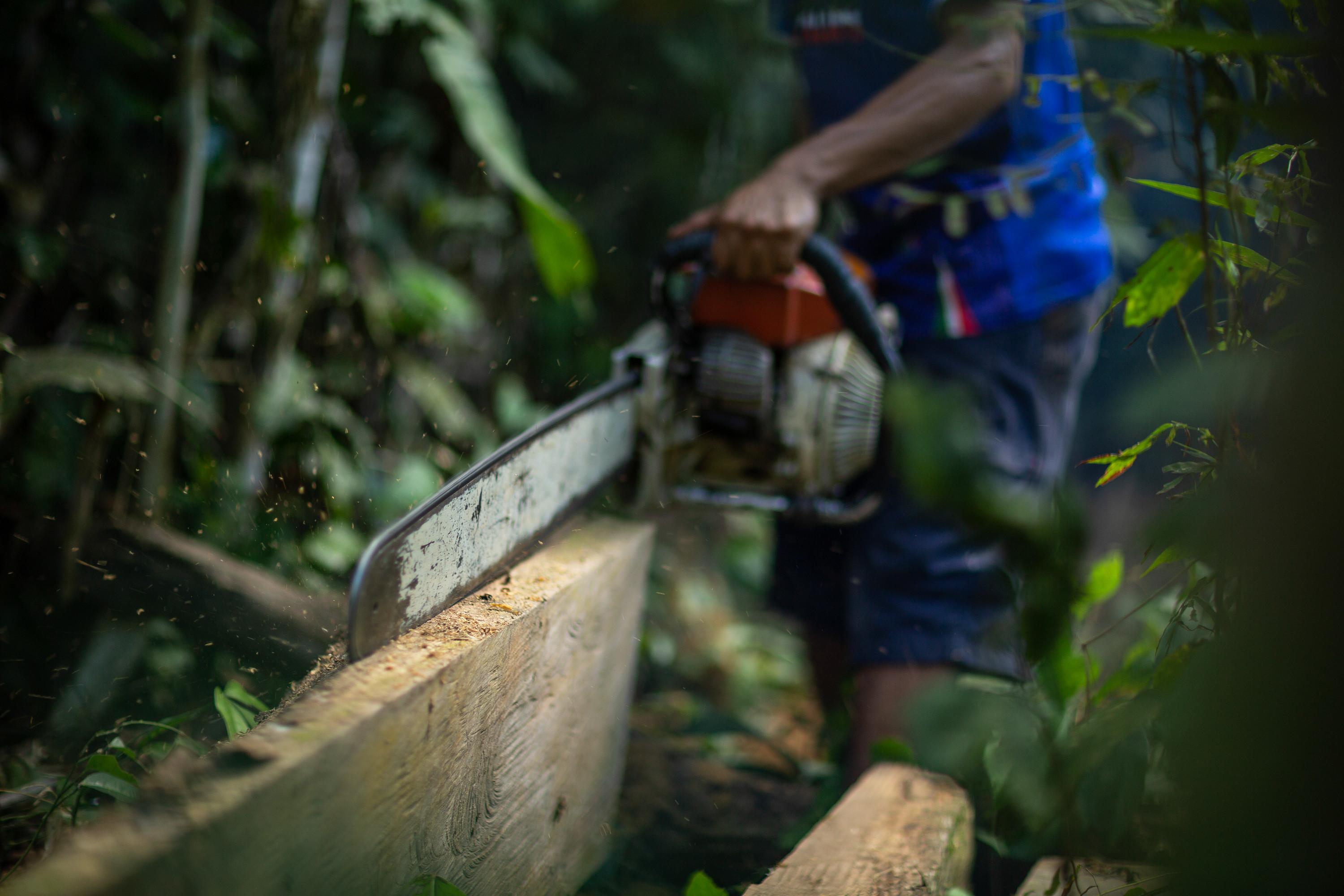Main points
- Agriculture is a vast sector, from small scale subsistence farming to large commercial plantations involving various processes and actors depending on the context and produce.
- Value chain analysis of the agricultural practice in each context can be beneficial to mapping appropriate corruption risks and mitigation strategies.
- Anti-corruption measures can include but are not limited to TAAPE (transparency, awareness, accountability, prevention, and enforcement), use of social accountability strategies, whistleblower protection and innovation in agricultural practices.
- Contextual analysis is vital.


